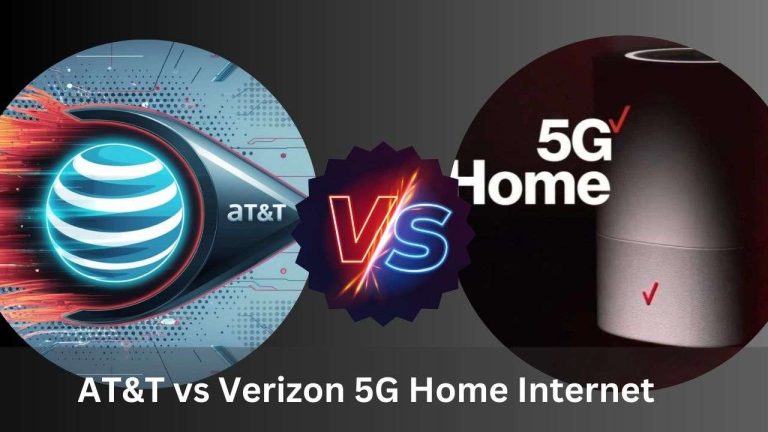The First 5G iPhone: Features, Performance, and Market Impact
telcomatraining.com – Apple’s introduction of the first 5G iPhone marked a major milestone not only for the company but also for the global smartphone industry. By embracing next-generation connectivity, Apple positioned itself at the forefront of innovation and responded to the growing demand for faster, more reliable mobile experiences. This article explores the key features, performance, and market impact of the first 5G iPhone.
Features of the First 5G iPhone
The first 5G iPhone, introduced with the iPhone 12 series in 2020, came equipped with significant upgrades. Most notably, it supported 5G connectivity, offering blazing-fast download and upload speeds. This made streaming, gaming, and video conferencing smoother and more efficient.
Apple also redesigned the iPhone with flat edges and a Ceramic Shield front cover, which the company claimed was tougher than any smartphone glass. The device featured OLED Super Retina XDR displays across all models, delivering vibrant colors and improved contrast.
Another standout feature was the A14 Bionic chip, the first chip in the industry built on a 5-nanometer process. This advanced processor not only improved speed and efficiency but also enhanced AI and machine learning performance. Additionally, Apple reintroduced MagSafe technology, enabling a new ecosystem of magnetic accessories and wireless charging solutions.
Performance of the 5G iPhone
In terms of performance, the first 5G iPhone raised the bar. With ultra-fast 5G networks, users could experience download speeds up to 4 Gbps in ideal conditions. This was a dramatic leap compared to 4G LTE, particularly in urban areas with strong 5G coverage.
The A14 Bionic chip further optimized performance, allowing seamless multitasking and high-quality gaming experiences. Combined with iOS optimizations, the phone ran efficiently without compromising battery life, despite the increased demands of 5G connectivity.
Apple also collaborated with carriers worldwide to ensure broader 5G adoption. Smart Data Mode was introduced to balance power usage, automatically switching between 5G and 4G depending on task requirements, which improved energy efficiency.
Market Impact of the First 5G iPhone
The launch of the first 5G iPhone had a transformative effect on the smartphone market. Apple’s entry into the 5G era accelerated global adoption of 5G technology. Many consumers who had been hesitant to upgrade their devices were motivated by the promise of faster connectivity and the prestige of owning a 5G-capable iPhone.
The iPhone 12 series became one of Apple’s best-selling product lines, fueling record-breaking sales in multiple regions. It also pushed competing manufacturers to refine and expand their own 5G offerings. The arrival of the 5G iPhone was not just a product launch; it was a catalyst that drove carriers to expand 5G infrastructure more rapidly to meet rising demand.
In addition, the 5G iPhone enhanced Apple’s presence in emerging markets where consumers sought future-proof devices. This helped Apple strengthen its global market share and reinforce its image as a leader in mobile innovation.
Conclusion
The first 5G iPhone redefined expectations in the smartphone industry. With cutting-edge features, outstanding performance powered by the A14 Bionic chip, and a massive influence on the global market, Apple’s entry into the 5G space marked the beginning of a new era. As 5G networks continue to grow, the legacy of the first 5G iPhone remains significant, demonstrating how Apple once again transformed the mobile landscape.







